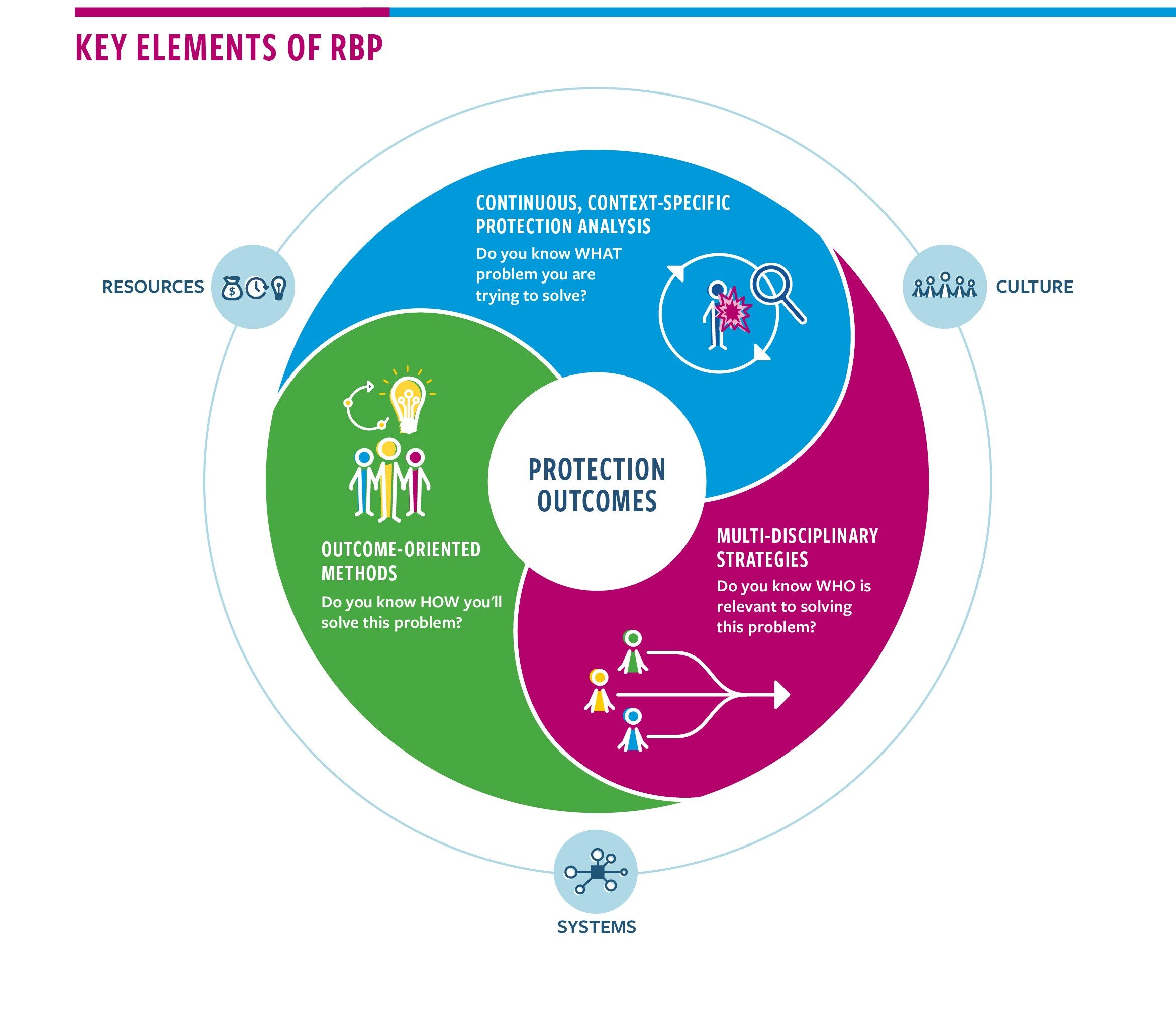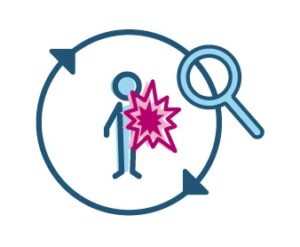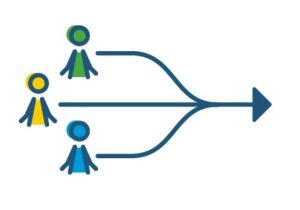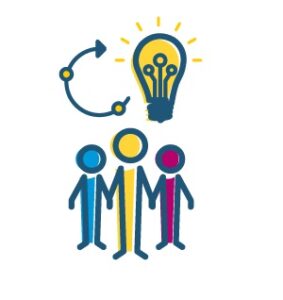
Three key elements have been identified and validated by the humanitarian community as essential for achieving protection outcomes. These key elements help us make informed decisions about how to mitigate threats, reduce vulnerabilities, and enhance capacities in a timely manner. They help us respond to conflict dynamics in real-time by fostering adaptable and flexible ways of working and encouraging the use of methods that are better suited for complex issues, like protection.
Remembering the key elements is easy if you can remember these three important questions:
Do you know WHAT problem you are trying to solve?
Do you know WHAT problem you are trying to solve?

While a simple question, it is often not asked in a meaningful and comprehensive way. We need to understand what type of violence, coercion, or deliberate deprivation is happening in this crisis, and more specifically, how this is understood by those who are experiencing the violence. We need to understand the drivers of the threat, who is most vulnerable to the threat and why, and what factors or community coping mechanisms exist that help people overcome the threat. Because these protection issues are taking place in an ever-changing crisis environment, we also need to continuously analyze these threats.
For example, it is not enough to understand that children are being recruited by an armed group. To reduce this risk, we need to know the motivations and resources that drive the behaviors of the armed group. We need to understand which children are most vulnerable. Is it mainly children from a specific ethnic group? Children who are outdoors at a certain time of day? Children of a certain age and/or gender? The details can help us better pinpoint where our efforts will most effectively reduce children’s vulnerability. At the same time, there will always be people in the community that can overcome certain threats. Why is that? What are they doing that we can learn from, that we can support, or enhance to strengthen the capacities of other families who might be vulnerable to the threat?
“Detailed understanding of the risk patterns people experience, as far as possible from their own perspective, is the basis for targeted efforts to measurably reduce risk and avoid interventions based on generalizations.”
Do you know WHO is relevant to solving the problem?

Solving risk is not the sole responsibility of protection actors. In fact, in almost all situations, it requires multiple actors across different disciplines and sectors to collaborate through joint strategies to solve the problem. And given the nature of protection and crisis environments, those that can contribute most effectively may differ from crisis to crisis due to the nature of the threat, vulnerability, and existing community capacities.
Identifying those relevant to reducing a risk helps to inform a context-specific strategy that describes the change needed to influence the behavior and practices causing the threat, the change needed to decrease the vulnerability of those at risk, and the change needed to enhance or build on the existing capacities of the population. An effective multi-disciplinary strategy is jointly developed by multiple actors with critical milestones and leverage points articulated along a pathway to show how all points of change can come about. This helps define the type of action needed, where it is needed, at what time, and by whom. The action by one actor can have a ripple effect, influencing the action of others. Collectively, all actors are contributing to the same outcome of reduced risk.
For example, food security actors may play a significant role in reducing the threat of sexual violence by armed groups in one context, whereas in another, it may be the engagement of the peacebuilding community that leads to better negotiations and engagement with armed groups to stop sexual violence. Understanding who is relevant, based on a context-specific analysis, helps to avoid cookie-cutter approaches.
“A concerted effort by all agencies to use their different mandates, expertise, resources and networks to meet commonly identified protection needs and desired outcomes for threatened populations can dramatically increase the likelihood of that protection being realized. [This] does not mean every agency doing the same thing. Instead, it involves each agency doing what it does best and what it is best placed to do. Such diversity of programming but unity of effort can be a significant protection multiplier.”
Protection: An ALNAP Guide for Humanitarian Agencies Guide, 2005
Do you know HOW you will solve the problem?

Deciding what action is needed to solve protection problems can often be the most challenging part of reducing risk. The humanitarian community has often relied on activities used in other contexts to reduce risk, regardless of whether the activity is relevant or not to the new context. Sometimes people refer to this as a “cookie-cutter approach.”
To avoid this, and focus on the specific context, results-based protection helps organizations think about methods and approaches that reduce the risk, rather than project activities that measure outputs, such as trainings carried out or services delivered. Outcome-focused methods rely on approaches that help think through complex problems.
These methods might be new to many humanitarians, and so they require learning new skills, thinking in new ways, and changing the way we are used to programming. Some examples of methods that help achieve outcomes include using systems-thinking, outcome-oriented design approaches like outcome-mapping, or measuring outcomes through methods like results journals or the most-significant-change evaluation methodology. Adopting these new approaches requires organizations and their donors to think differently; to encourage iterative implementation strategies that are open to adaptability, and to emphasize the importance of relationship building to strengthen joint efforts across sectors and disciplines. This can also mean requiring or fostering new skillsets among humanitarian practitioners, including soft skills like negotiating, empathy, trust-building, and effective communication skills.
For example, rather than designing a pre-conceived activity or project aimed at reducing forced recruitment, an organization would be better off undertaking an exercise like outcome-mapping with affected populations to identify the desired outcome and the specific pathway needed to achieve that outcome. This method can be coupled with monitoring methods, such as the use of results journals to help capture changes in risk patterns in a participatory and real-time manner. The combination of these two methods can help an organization understand how their actions are contributing to a protection outcome.